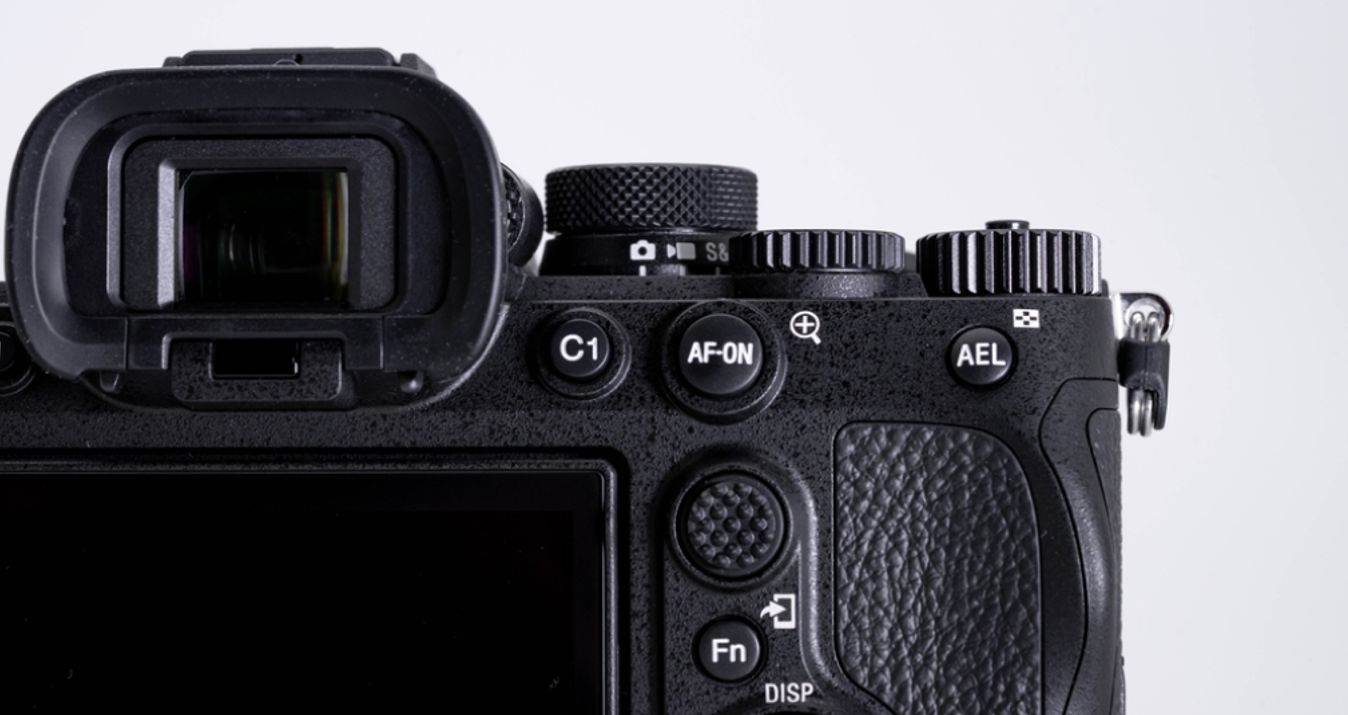How To Photograph Birds In Flight
August 26, 2023
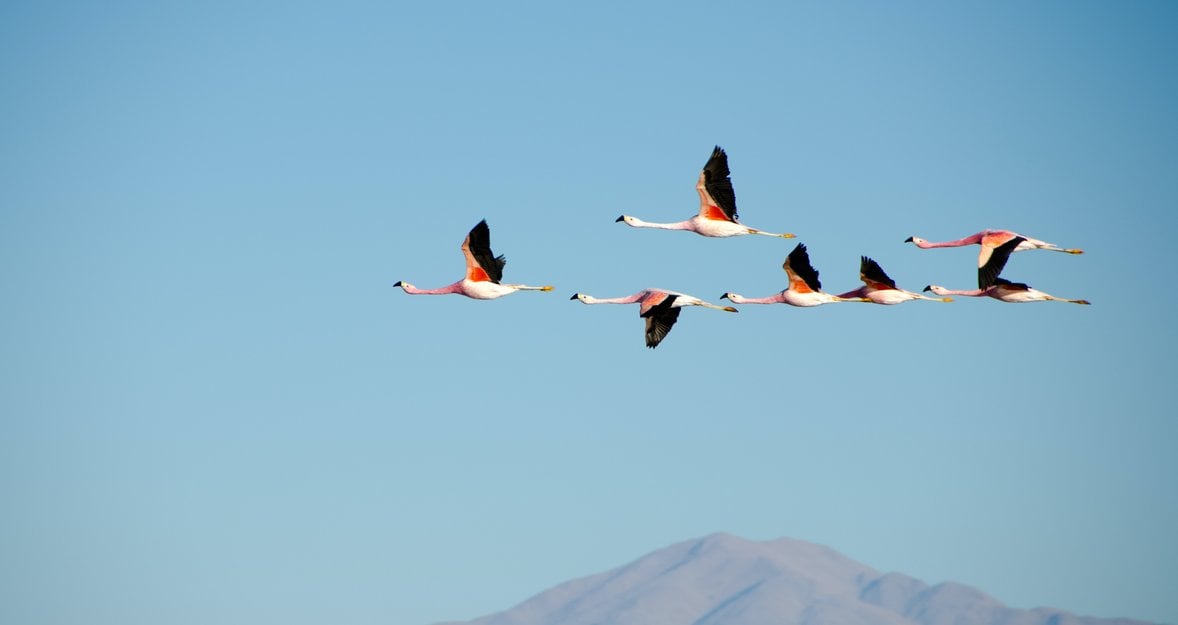
Within photography, there is a rather challenging but exciting niche for photographers who are skilled and connected with nature and not afraid to capture its marvelous beauty in motion — birds in flight photography.
The main challenge a photographer can face when dealing with motion photography in general and trying to photograph birds in flight partway consists of dynamic compositions and the sheer unpredictability of avian movement.
In this article, you will be able to find a bunch of helpful tips for photographing birds. From choosing the best camera for birds in flight to perfecting your timing and composition, we will provide you with the knowledge and techniques for understanding how to capture birds perfectly.
Essential Gear Selection
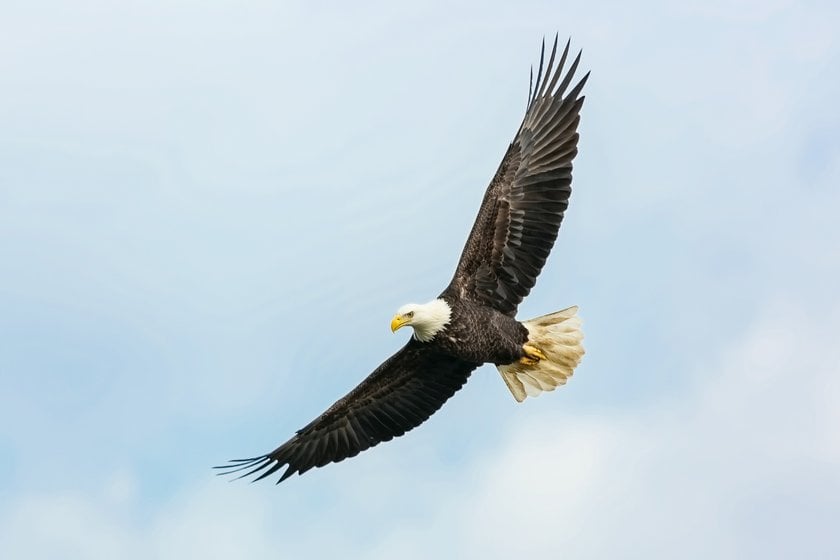
One way or another, the tools used by any artist impact the whole creative process and the final result of it. Motion photography makes no exception, so here is what you should rely on besides your creative vision and professionalism:
Camera Body And Lenses
Key factors that characterize the best camera for birds in flight encompass swift autofocus and a high burst rate. These attributes enable photographers to swiftly track moving subjects, capturing many shots in seconds and enhancing the likelihood of seizing the perfect moment.
Full-frame cameras offer larger sensors that work great in low-light conditions and provide a shallower depth of field, ideal for isolating your subject. Crop sensor cameras, on the other hand, extend the effective focal length of your lenses, making it possible for you to frame the birds from a distance.
Image stabilization compensates for minor shakes, resulting in sharper images. Some cameras offer in-body and lens-based stabilization, enhancing stability for capturing birds in flight.
Weather sealing protects your gear from dust, moisture, and harsh conditions, ensuring it performs reliably in various environments, so it should be considered when you look for a camera to photograph birds.
Telephoto lenses, often 300mm to 600mm or even longer, are essential for bringing distant birds closer and filling the frame with intricate details. The right lens not only magnifies the subject but also aids in achieving sharpness, even when shooting from a distance.
Support And Stability
Motion photography requires more precision and stability than any other kind of photography, especially when we cannot control the movements of our objects, as in the case of birds. That is why a sturdy tripod or monopod is a necessity. These accessories minimize camera shake, ensuring clear, sharp images, especially when using longer lenses. Look for lightweight yet robust options that are easy to carry in the field.
Camera Settings For Birds In Flight
Having a good camera means a lot in bird photography, but even the best device is completely useless when it is not set according to your needs. So here are some important parameters to look through while setting your instrument for the birds in flight photography:
- Shutter Speed for Birds in Flight. The faster you photograph the birds in flight, the better. To capture every object's movement instantly and prevent any blurriness in your picture, setting this parameter to its maximum value is recommended.
- Aperture and Depth of Field. A wider aperture (smaller f-number) creates a shallow depth of field, isolating the bird from the background and emphasizing its details. It can result in a stunning, creamy bokeh that enhances the subject. Conversely, a narrower aperture (higher f-number) expands the depth of field, making more of the scene sharp. The choice of aperture depends on the creative outcome you desire. A wider aperture is often preferred to create a visually striking separation between the bird and its surroundings.
- ISO for Lighting Conditions. ISO settings come into play when dealing with varying lighting conditions. When shooting in low light or during cloudy days, you might need to increase the ISO to maintain an adequately fast shutter speed. However, be cautious with higher ISO settings, as they can introduce noise into your images. Modern cameras have impressive noise reduction capabilities, but striking the right balance between ISO and image quality is essential. Experiment with different ISO settings during practice sessions to understand your camera's performance in different lighting scenarios.
- Continuous Autofocus and Burst Mode. Birds are constantly in motion, so utilizing your camera's continuous autofocus (AF-C) mode is essential. This mode tracks moving subjects and readjusts focus as they change position. Coupled with burst mode, which captures a rapid series of shots with a single shutter press, you increase your chances of capturing that perfect mid-flight moment.
Mastering Composition And Timing
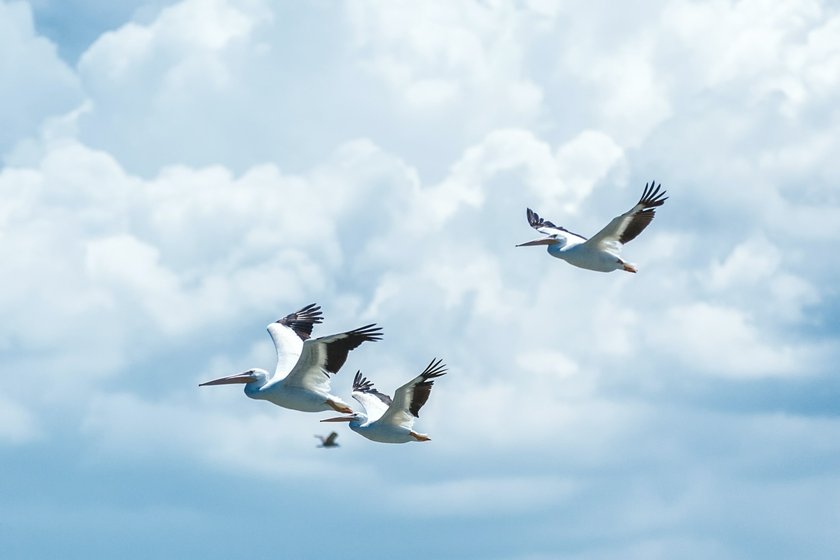
It is impossible to master birds in flight photography without understanding the basics of timing and composition, so let’s look at tips for photographing birds from the point of view of these fundamental concepts.
Placement
The rule of thirds, a fundamental principle in photography, suggests dividing your frame into nine equal parts using two horizontal and two vertical lines. Positioning the bird along these lines or at their intersections creates a visually pleasing balance and immediately attracts the attention of those looking at the picture.
Birds are a part of nature, so one of the most important rules of nature photography is also applied to them — observation is key. Visit places where birds are likely to gather, such as wetlands, coastlines, and migration routes. Habitats rich in bird activity provide abundant opportunities for captivating shots.
Leading Lines And Motion
Incorporating leading lines into your composition adds a dynamic element to your bird-in-flight images. These lines can be the curves of branches, the arc of a bird's flight path, or even the waves of water. Leading lines guide the viewer's gaze, creating a sense of movement and flow that complements the object's flight. Negative space, the area around and between the subjects, emphasizes the main subject — the bird in flight.
Learn the bird's behavior to predict its flight trajectory and position yourself accordingly. It will help you to frame the bird within the scene to suggest its direction and the energy of its movement.
Timing
When capturing objects in motion, the photographer cannot control or dictate the movement; one second (or even a split-second) can take the potential masterpiece away. So, the question is when and how to capture birds.
Practice patience and observe the birds' behavior. Watch for patterns and moments when they exhibit distinctive flight poses or interactions. As you refine your timing, use burst mode to capture a sequence of shots. It increases your chances of obtaining that perfect mid-flight posture, where wings are extended gracefully or a decisive turn is executed.
Be prepared for missed shots and learn from mistakes. It is not object photography in your studio's comfort, where you can experiment with lighting, angles, and composition for hours until you reach perfection.
We are not trying to tell you that bird-in-flight photography leaves no room for experiments — the experimental creative approach differentiates a photographer from an average person who pushes the button on the camera. However, this is the testing process one needs help to control fully, so it takes much more time and effort. But the result is worth it!
Bottom Line
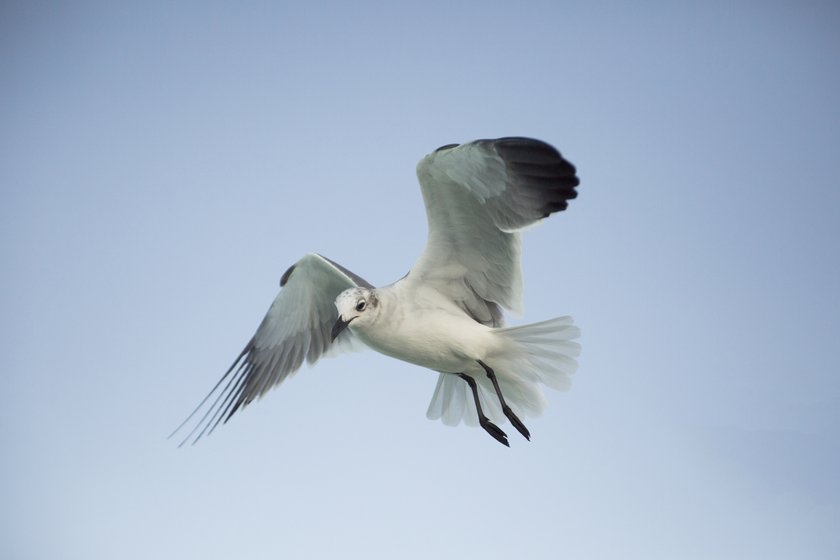
Birds in flight photography represents a captivating fusion of technical expertise and artistic flair. Photographers can cultivate their professional proficiency in this intricate and demanding realm of motion-focused photography by emphasizing crucial equipment, camera configurations, composition, timing, and pragmatic advice.
Understanding the intricacies of camera settings, including the crucial shutter speed for birds in flight, makes the pictures clear and sharp.
The creation of visually captivating compositions is influenced by the rule of thirds, leading lines, and negative space. Timing becomes extremely important when the subject's movement is not within your control.
Birds are not human models with whom you can communicate to explain what you need from them. Nature is always unpredictable. But this is what makes this kind of photography so exciting, unique, and valued.




